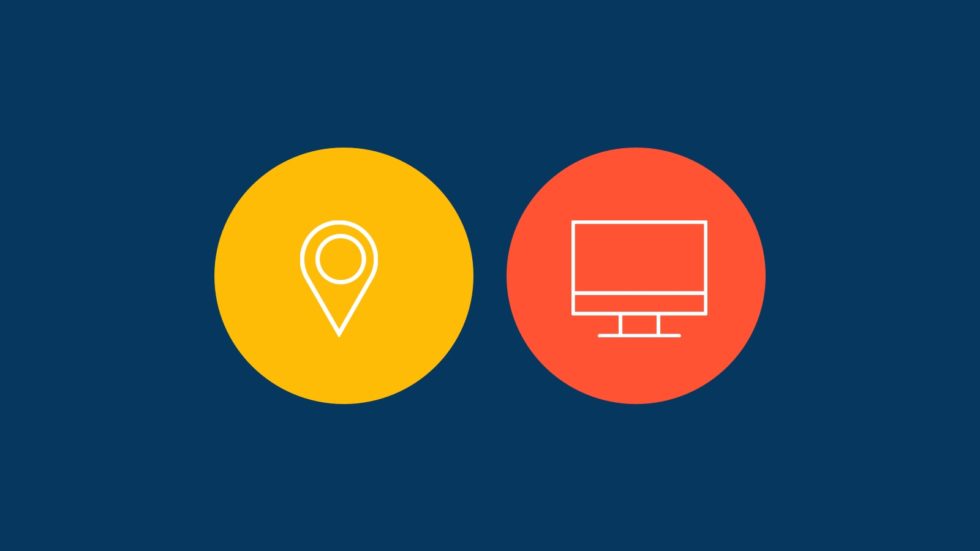Conventional wisdom suggests that there’s no better way to develop closeness with people, especially consumers, than to be with them in person.
And during Covid, we missed the chance to be in-stores, walking and talking with women while they shop, watching how they feel the fabric, or respond to a shelf set. We felt nostalgic for that magical moment when you assess a group of strangers in a city you rarely visit and wonder if they’ll share, or laugh or even cry a little. We really miss meeting families in their homes, and the inspiration and intimacy that comes with entering their lives for a little bit of time. If our goal is empathy, there is no better way to achieve it then to have a preschooler show you their favorite place to play, or to have a mom open that pantry door or junk drawer and show you what real life looks like (it’s not like on Pinterest!).
This window into the world of the people our clients serve through programs or products or services, changed in shape dramatically over the past year and a half. Online research via skype and through the varied platforms for secure online discussions were in our toolbox before the pandemic, but we often senses their limitations more than their advantages. We talked about them as efficient and of interest, but rarely did we discuss the humanity that we now know happens when we move to zoom. Because we were forced to get better, we emerged from this forced move to online groups with a few new “rules” for remote research:
- Rich contexts lead to rich conversations. While focus groups and even group discussions in less uniform places can create an air of neutrality, it’s anything but…While focus groups can still be just right for the practical needs of a team, we believe it’s more important than ever to make our research environments comfortable and interesting to our participants. From the moment the camera turns on, we now see a glimpse into our respondents’ homes, work spaces, kitchen tables. We notice what they wear and how they position themselves when they’re in their own spaces. We don’t benefit from in-person energy, but often we focus more on their faces and facial expressions than we could even do with comfort and authenticity in an in-person conversation. All of this input and these shortcuts make our insights richer, and we suggest they make the respondents more interested and engaged with each other.
- Access to research leads to deeper insights. We often get the question, “who are these people who take surveys, participate in focus groups, etc.?” While researchers have their safety valves for supporting representation, and our experience suggests that this work replicates in sometimes surprising ways across methods, it’s also true that traditional, in-person research makes it hard for some voices to be heard. In online research, not only can we get people who might not be able or inclined to attend an in-person discussion at a specific time, but we also get access to people who might live in more remote areas, or might have transportation issues. Parents who spend more on childcare than we compensate them for their hour (or two with commuting) of time. People who might not feel comfortable in an office building, or even a “coffee shop” that is meant to be causal, but could feel anything but for some.
- Being on zoom can mean being more nimble. One of the best outcomes of this new way of working for researchers could be the ability to trust in qualitative without the high cost associated with traveling to a city for groups. There are times when this remains the best approach, but the option of acting more nimbly has changed the way we do business at Flashlight. A group with a low show rate no longer requires a reduced and risky sample or a return trip to a far away locale. With respondents able to reschedule with greater ease, and, at times, focus groups are able to meet real people where they really live – with imperfect schedules, traffic and children. And iterative research was never easier, with chat allowing clients to engage in a more active way, and to consider how discussions cater to the crowd before them. Finally, the tools for exposing ideas, for engaging in exercises and for showing and sharing stimulus might just be ideal online despite the notion that there’s nothing like being in-person.
We never thought we’d say it, but we’ve fallen a little in love with the imperfect lighting, the up-close view of respondents’ faces, and even the vulnerability of technical issues. During Covid, we started every group by saying, “we’re all going to forgive each other if our wi-fi goes out.” It might sound unprofessional, but when we’re seeking authenticity, Zoom might make us more real than we thought.
